
Faced with spiralling public health costs, governments are under pressure to devise policies that help curb excessive consumption of alcohol and unhealthy food and drink.
Direct price controls, like minimum unit pricing (MUP), can be an effective yet blunt instrument to raise prices and stifle demand. But it can only operate for products with a common measure, as with an alcohol unit (at 10ml or 8g of pure alcohol). Similarly, taxing a key ingredient, like sugar for the soft drinks levy, can have a similar effect but requiring a common measure.
Instead, for a wider variety of products, the preferred target for regulation to control demand has increasingly focused on the way products are promoted in stores, including where and how they are displayed and price-promoted. The latter is especially contentious in an inflationary period because denying consumers discounts may lead to even higher prices.
Nevertheless, the focus of ire has been particularly directed at multibuys as volume discounts encourage consumers to buy more. The logic is that banning multibuy discounts should lead to consumers buying less, helping to curb excessive harmful consumption of alcohol and high fat, sugar and salt (HFSS) foods.
Trials and experiments have indicated that removing multibuys in isolation can be effective in reducing demand and diverting consumers’ attention towards buying healthier alternatives. However, that is not the same as hard evidence of what actually happens on a market-wide scale following a blanket ban on multibuys. Such evidence is important to justify the intervention and understand its consequences.
In an article published in the European Economic Review, we investigates the impact on retail alcohol sales in Scotland following the ban in 2011 on multibuy discounts, like three for two or ‘buy six save 25%’ deals. Along with co-authors Marcello Morciano and Marc Suhrkhe, we found the ban on multibuys increased alcohol sales.
Retailers switched to using more temporary price reductions, which encouraged high-consumption households to increase their shopping frequency and buy more. With the top third of consumption households accounting for almost three-quarters of alcohol purchases, we find their extra purchases increased the overall amount of alcohol sold.
The real surprise was not so much that retailers reacted by switching to alternative forms of price promotions when these were available and permitted, which clearly helped to counter and circumvent the effects of the multibuy ban.
The surprising and troubling finding is that high-consumption households – the intended target for the policy – increased their purchase frequency and bought more, not less. The temptation of straight discounts, without the constraint of having to buy a minimum number of items, appears to have spurred more shopping trips.
In light of our findings, we suggest the UK government should rethink its intention to ban multibuy deals in England for HFSS food and drink, due to come into force in October. Such a ban may backfire if retailers simply replace multibuy deals with other types of price promotions that encourage even more spending on unhealthy food and drink by consumers most in need of reducing their consumption.



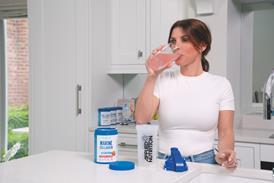



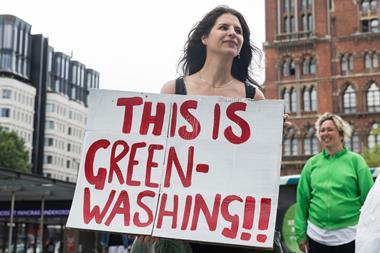
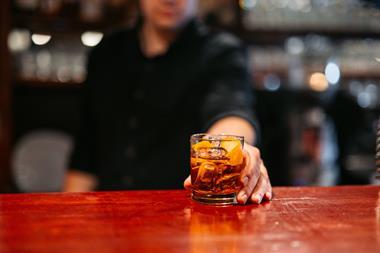

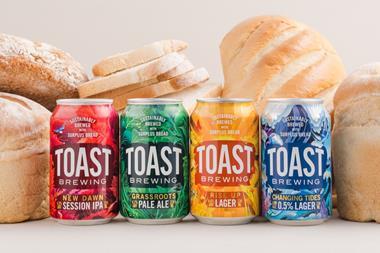

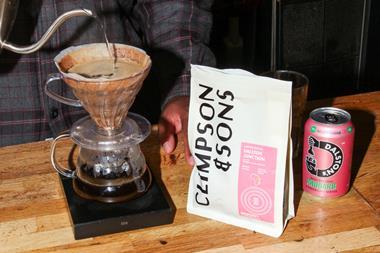

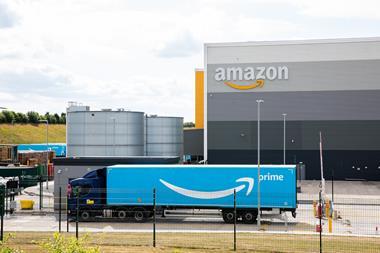
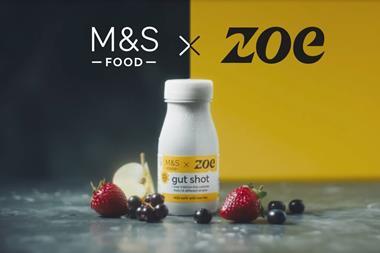
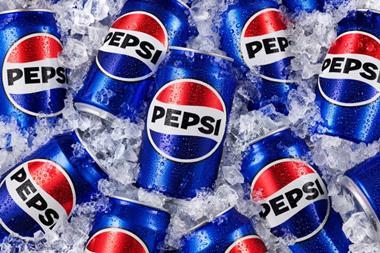
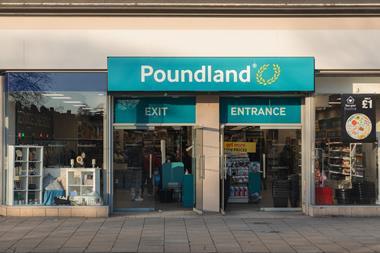

No comments yet